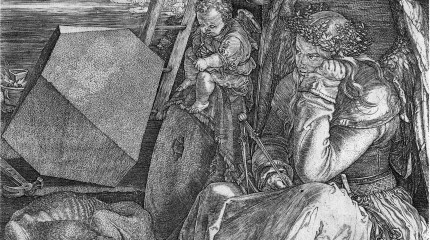During our time in Paris immersing ourselves in the world of law and the humanities one of the most interesting discoveries was that of the evolving historical relationship between the subject and object of legal thought: between the jurist and the law. Briefly stated, prior to the advent of modern science the subject and object were in a much closer, more reflexive relationship: the jurist could be both subject and object, studying and creating law. Issues of justice and ethics were closely connected not only to the law but also the life and work of the jurist. Following the enlightenment and the development of scientific thought the legal scholar now finds herself divorced from her object of study. The object is now to be kept at a safe distance from the scholar, the better to be observed.
But why should such a fascinating subject also prove to be one of the more difficult concepts to understand? Is it inherently complex? Or is it rather that whilst the modern subject-object relationship is relatively straightforward, the historical, pre-scientific relationship is much harder to grasp? Kelley provides a potential explanation why this may be so when he explains that in order to understand the renaissance jurist we need to ‘make him out across the great conceptual divide’ created by the scientific revolution. Bridging this gap is not easy: it demands ‘a certain effort of imaginative understanding’.
Indeed from the vantage point of the 21st century it is difficult to imagine oneself, whether as a legal scholar or practitioner, ‘eating, living and revering the law’ in the manner of 16th century jurists. Whilst this is partly due to institutional changes, I suspect that the main reason is that we just cannot escape from our modern, ‘scientific’ mindset. For those who would advocate a return to the pre-scientific relationship between the jurist and the law as a way of counteracting the contemporary ‘value-free’ approach to law this has certain implications. If imaginative leaps are required simply to achieve a theoretical understanding of the medieval legal scholar, consider then how challenging it would be to put it into practice.
Given that the law and humanities movement would like to see the return of questions of justice and ethics to law, it is striking that Sarat, in ‘Law and the Humanities: An Introduction’ highlights the advantages of a distinction between subject and object. Although written in the context of US professional legal education, his point that much legal scholarship takes place within the law and ‘the structures that shape’ the jurist’s ‘legal consciousness’ can surely be applied more generally. For a modern-day scholar to ‘learn and revere the law’ may entail an inability to maintain a critical distance and see the law for what it really is.
Sarat reminds us that in contemporary legal scholarship there may be a danger in too close a relationship between the jurist and the law, given the latter’s shortcomings. Perhaps until there is a return of justice and ethics to law legal scholars are advised to maintain such a critical distance – as too close an acquaintanceship with law may blind us to its faults?
